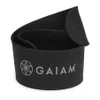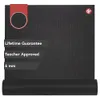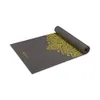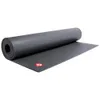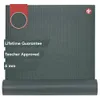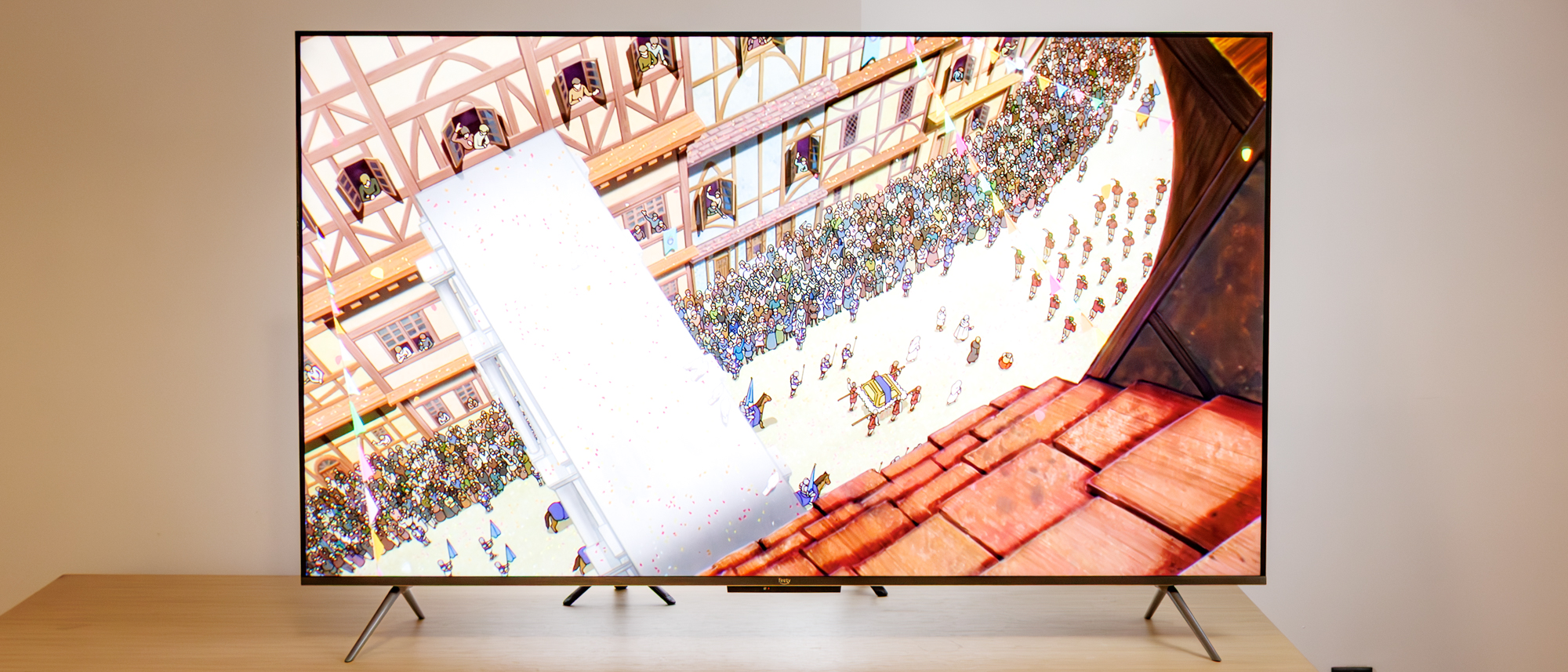I'm a personal trainer — avoid these 2 big mistakes when doing squats
I'm a personal trainer — avoid these 2 big mistakes when doing squats
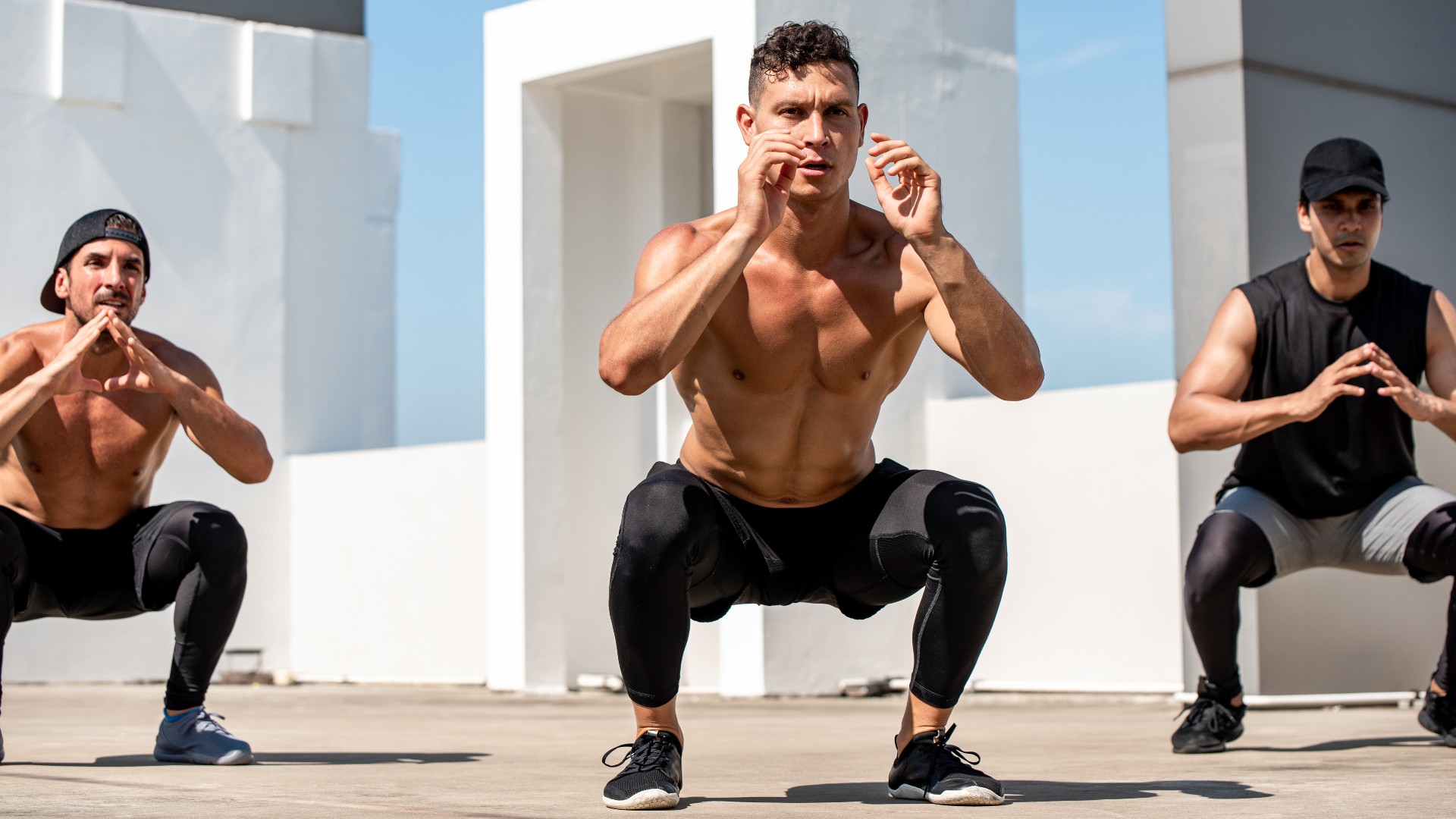
Squatting with or without weights requires solid technique and form to prevent injury and maximize your performance (and gains). You might still build strength and muscle with poor form, but at what cost?
Squats build lower-body strength and core stability; depending on the squat variation you prefer, you might see more engagement in the upper body, or more emphasis on the front or back of your body.
For example, front squats hit the quads harder because of the front-rack placement of the weights; back squats hit the posterior chain harder because the weight is rear-loaded.
But squat benefits aside, if you want to strengthen, build, or sculpt muscular legs using the squat exercise, there are two under-represented tweaks I’d make to your form (and common mistakes to avoid) to help you get there. These are them.
What two mistakes should you avoid?
These are two areas that you might not know about, but should.
1. Butt winking
Yes, butt winks really are a thing, and they’re very common, too.
Butt winking means the slight rounding of the lumbar spine that occurs at the bottom of the squat. It happens when the pelvis slightly tucks under, creating a soft c-shape.
Get instant access to breaking news, the hottest reviews, great deals and helpful tips.
The good news is that if you’re a butt winker, you don’t have to be. This isn’t high school, and you’re not stuck with the name for life. It can be fixed, and to avoid lower back injury, it should be.
The heavier you lift, the stronger you get, but fixing your butt winks matters even more. All that load on your body will take its toll if you don’t keep your lower back safe.
There are a few reasons butt winks occur, including a lack of mobility in the hips, knees, ankles, or thoracic spine, strength, or incorrect stance (more on that in a moment), and all of these are fixable.
Here are the 7 best ways to fix 'butt winks' during squats.
2. Unstable foot positioning
Stance is crucial to stability and form during squats and can be the difference between you executing a successful lift or not. There have been many times in the past when my stance has sent my bar tumbling to the floor behind me or sent me careening forward.
When I refer to foot positioning or stance, I’m not talking about how wide or narrow your feet are. A narrower stance may suit those with greater lower-body mobility and is more quad-dominant than a wider stance; the latter can suit beginners or those who need a little more space, although make sure your knees don't turn in to compensate.
Wide stances used for the likes of sumo squats also emphasize the glutes, specifically the outer glutes, more than a narrow stance.
The good news is that if you’re a butt winker, you don’t have to be. This isn’t high school, and you’re not stuck with the name for life.
Traditionally, personal trainers teach you to drive through the heels — the words “Keep the weight in your heels or “Push through your heels as you stand” left my mouth often when I first started teaching, but it’s not what I teach now with more experience behind me.
The weight should never be in the balls of your feet, as this sends your bodyweight forward, so sending the weight to your heels isn’t “bad,” and will help you drive heavy weights more successfully and with more stability.
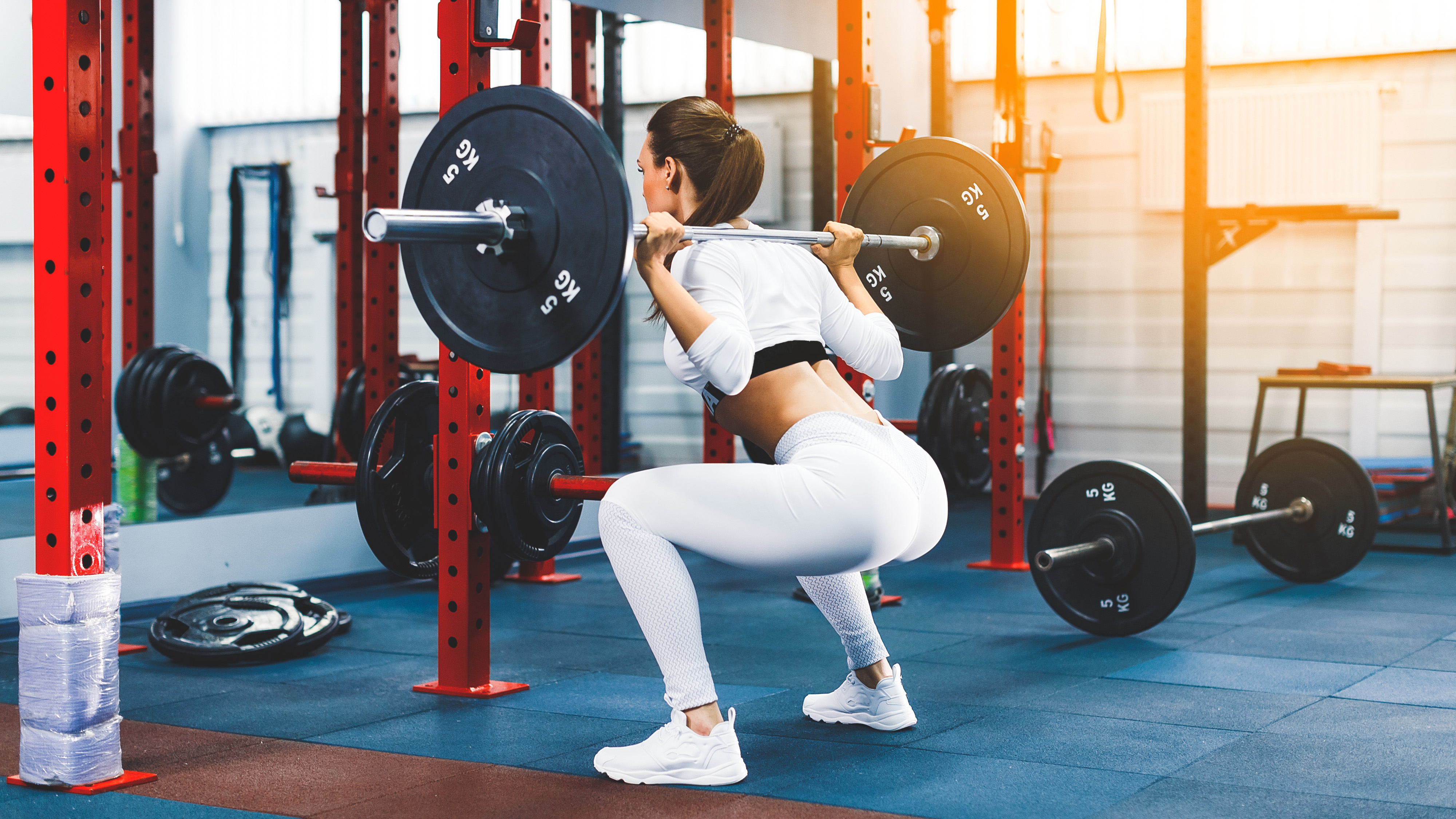
However, I use a tripod foot position, which means distributing the weight between your little and big toes and your heels, giving you three strong points of contact. It provides a wider base for stability and will improve your foot-ground connection so that you can drive through the feet better.
If you find the tripod position difficult, have a look at what’s on your feet. Perhaps a pair of cross training or weightlifting shoes could help you deliver on your squats — and we know the best cross training shoes for that.
More from Tom's Guide
- How to squat with proper form
- I'm a personal trainer, 5 things I wish I had known before trying barbell squats for the first time
- Best ankle stretches to make squats more comfortable

Sam Hopes is a level 3 qualified trainer, a level 2 Reiki practitioner and fitness editor at Tom's Guide. She is also currently undertaking her Yoga For Athletes training course.
Sam has written for various fitness brands and websites over the years and has experience across brands at Future, such as Live Science, Fit&Well, Coach, and T3.
Having coached at fitness studios like F45 and Virgin Active and personal trained, Sam now primarily teaches outdoor bootcamps, bodyweight, calisthenics and kettlebells.
She also coaches mobility and flexibility classes several times a week and believes that true strength comes from a holistic approach to training your body.
Sam has completed two mixed doubles Hyrox competitions in London and the Netherlands and finished her first doubles attempt in 1:11.
You must confirm your public display name before commenting
Please logout and then login again, you will then be prompted to enter your display name.
